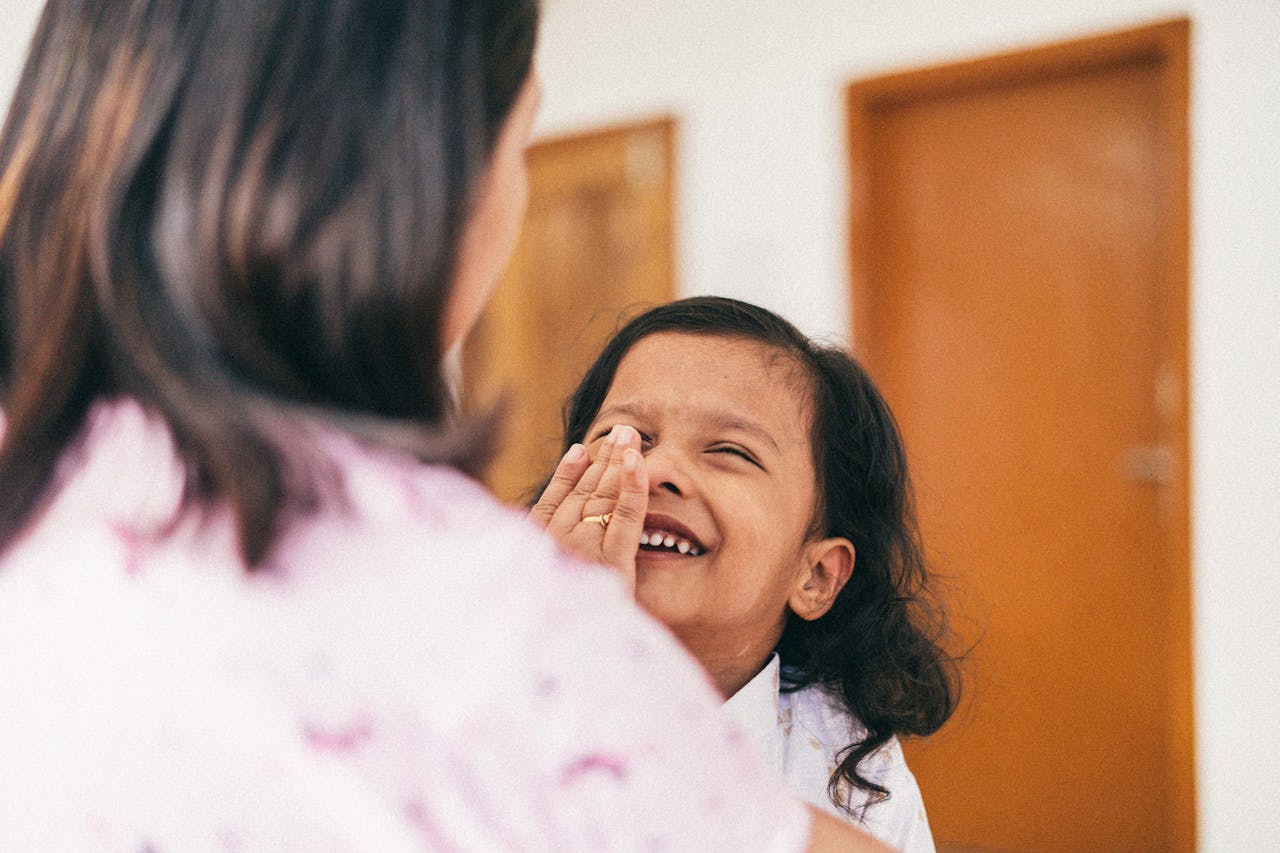Educating a girl child is not just about her personal growth; it has a ripple effect on the society as a whole. Studies show that educated girls are more likely to be healthy, participate in the workforce, and contribute to their communities. But education comes at a cost, and planning for a girl child's future financially is crucial.
This article is designed to help parents and guardians navigate the world of investment for the girl child. We'll explore various best investment plans for a girl child, focusing on different age groups (0-18 years and beyond). Our goal is to equip you with the knowledge to make informed decisions and build a solid financial foundation for your daughter's future. Whether you're looking for long term investment for your girl child, tax saving investment for girl child, or options like child investment plans, mutual funds for girl child, or PPF for girl child, we've got you covered. We'll also delve into government schemes for the girl child and explore options like minor SIP (Systematic Investment Plan).
By starting early and utilizing the right investment tools, you can ensure your daughter has the financial resources she needs to pursue her dreams and achieve a bright future.
Table of contents [Show]
Daughters: Age Group 0-5 Years
| Investment Objective: | Create a solid foundation for the girl child's future education and financial security. |
Investment Options:
| Leveraging Gifts Received: | It's a common tradition for newborns and toddlers to receive gifts, especially cash and gold. |
| While those cute outfits and flashy toys might be tempting, consider utilizing these gifts for a girl child's long-term benefit. | |
| Sukanya Samriddhi Yojana (SSY): | This government-backed scheme is a fantastic option for parents and guardians. It offers attractive interest rates (currently 8.4% p.a. as of June 2023), making it a great way to grow the initial investment. |
| With a minimum investment of ₹250 and a maximum of ₹1.5 lakh per year, it's easy to get started and contribute regularly. | |
| The account matures after 21 years or upon marriage after 18 years, ensuring the funds are available when needed for higher education or other milestones. | |
| Additionally, SSY offers tax benefits on both investment and maturity amount, making it a tax-saving investment for girl child. | |
| Public Provident Fund (PPF): | Another excellent option, PPF is a safe and secure investment with guaranteed returns. |
| With a minimum investment of ₹500 and a maximum of ₹1.5 lakh per year, it allows for flexibility in contributions. | |
| The maturity period is 15 years, with extension options if desired. | |
| Partial withdrawals are allowed after 5 years, offering some liquidity if needed. Similar to SSY, PPF offers tax benefits on investment and maturity amount. | |
| Fixed Deposits (FDs): | For those seeking a low-risk option, Fixed Deposits (FDs) offer guaranteed returns with flexible investment tenures. |
| You can choose cumulative or non-cumulative interest payout, depending on your needs. | |
| FDs can be opened in the girl child's name with a guardian as the account holder, providing control and security over the funds | |
| Demat Accounts for Minors: | Did you know Demat Accounts can be opened for minors? While the girl child might be too young to actively manage investments, a guardian can open a demat account. |
| You can invest a small amount in long-term Blue-Chip shares (those companies with a history of good performance) or Index Funds (mutual funds that track a market index) on her behalf. | |
| This fosters an early understanding of financial markets and allows wealth to grow over a long period. |
Pre-Teens Daughter: Age Group 6-12 Years
| Investment Objective: | Continue building the corpus for education and explore options with slightly higher risk-reward potential. |
| By the time a girl child reaches 6-12 years old, you can start considering investment options that offer higher returns in comparison to the secure options explored in the previous age group. |
Investment Options:
| Equity Mutual Funds (Children's Plans): | These funds are invested in a diverse basket of stocks by professionally managed investors. |
| This diversification helps spread risk and offers the potential for growth exceeding fixed-income options like FDs and PPF. | |
| Several mutual fund companies offer child-specific plans with long-term investment horizons, specifically designed for a girl child's education goals. | |
| Systematic Investment Plans (SIPs): | SIPs allow for regular, disciplined investment of a fixed amount, regardless of market fluctuations. |
| This method, called rupee-cost averaging, lessens the effect of market volatility and helps to gradually balance out the purchase price. | |
| Unit Linked Insurance Plans (ULIPs): | ULIPs combine investment with life insurance coverage. |
| This option can be suitable for parents seeking life insurance protection for their daughter along with investment potential. | |
| Choose the investment component within the ULIP based on your risk tolerance. | |
| National Savings Certificate (NSC): | This government-backed savings scheme offers fixed interest rates but with slightly higher returns compared to FDs. |
| Investment tenures are available for 1, 3, or 5 years, providing some flexibility. While not as high-growth as equity options, NSCs offer a good balance between risk and return. | |
| Direct Stock Investment: | We've mentioned Direct Stock Investment in previous sections. |
| It's generally not recommended for this age group due to the inherent risks involved. | |
| However, you can keep a small portion aside for this option (explained in Next Sections as per age bracket). | |
| Investment Tenure: | Align the investment tenure with the girl child's future education goals. |
| For example, if higher education is expected in 10-12 years, choose a plan with a similar maturity date. |
Teenager Girl Child: Age Group 13-18 Years
| Investment Objective: | Focus on higher education expenses and potential career goals. |
| As the girl child enters her teenage years (13-18), the focus can shift towards accumulating funds for higher education. | |
| Investment objectives should be keeping the core principles of diversification and long-term investment in mind. |
Investment Options:
| Gold (Physical or ETFs): | Gold is often considered a hedge against inflation, meaning its value tends to rise over time, protecting your purchasing power. |
| You can invest in physical gold or Gold Exchange Traded Funds (ETFs). While gold offers some stability, it's important to remember its price can fluctuate. | |
| Peer-to-peer (P2P) Lending: | This relatively new option allows you to invest in loans offered to individuals or businesses. |
| P2P lending can offer potentially higher returns compared to traditional fixed-income options. | |
| However, it's crucial to conduct thorough research and assess the risk involved before investing. | |
| Direct Stock Investment with Caution: | Start Small: Allocate a small portion of the investment corpus towards direct stock purchases. |
| Focus on Long-Term Blue-Chip Stocks: Consider established companies with a history of good performance and stable dividends. | |
| Involve the Girl Child: Encourage the girl child to research potential stocks and understand the basics of the stock market, including concepts like diversification, risk-reward, and compound interest. This fosters financial literacy and a sense of ownership over her investments. |
Girl Child: Age Group 18+
| Investment Objective: | Encourage financial independence, support career aspirations, and long-term wealth creation. |
| By the time the girl child reaches adulthood (18+), the investment approach can become more personalized based on her individual financial goals and risk tolerance. | |
| Here, a wider range of options are available, allowing for greater flexibility and customization. |
Investment Options:
| Direct Stock Investment: | With a deeper understanding of the stock market, the girl child can now participate more actively in direct stock purchases. |
| However, responsible risk management remains crucial. In-depth research on companies, industry trends, and financial statements is essential before investing. | |
| Real Estate: | Purchasing real estate, whether residential or commercial, can lead to long-term capital accumulation and rental income. |
| Real estate requires significant capital and involves long-term commitment. |
Conclusion:
| Investing for a girl child's future is an act of love and foresight. |
| By starting early and utilizing the right investment tools, you can create a solid financial foundation that empowers her to pursue her dreams. |
| Remember, the key lies in diversification, long-term planning, and aligning the investment strategy with the girl child's evolving needs and goals. |
| As she transitions into adulthood, the focus shifts towards financial independence and long-term wealth creation. |
| The knowledge and experience gained throughout her younger years will equip her to make informed financial decisions and take charge of her financial future. |
| Investing in a girl child's future is not just about building wealth; it's about empowering her to reach her full potential and contribute meaningfully to society. |








